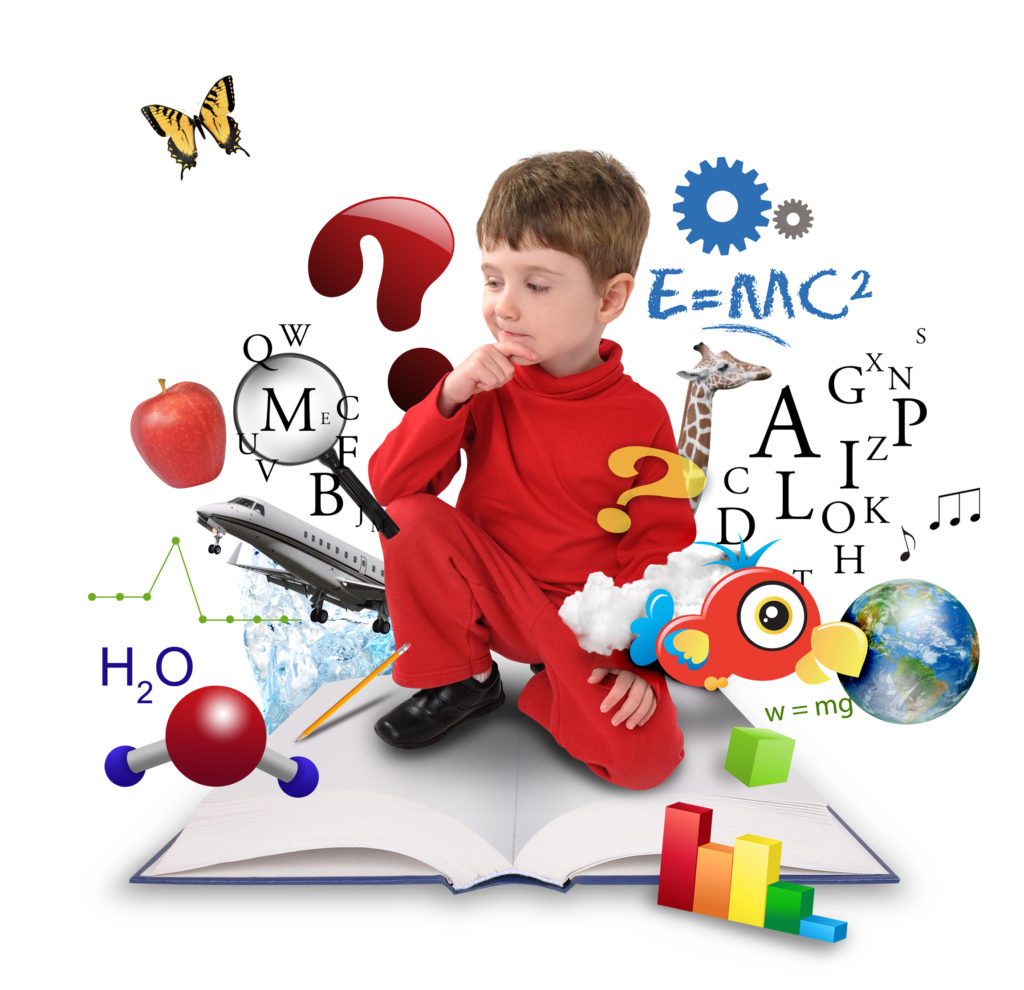Despite all these years, technologies are still a fashionable button issue. Some educators and students love and rehearse technology flawlessly daily, while others hate it and don’t see why they must be made to use it in any way.

In addition, complicating any discussion of the role of technology in schools will be the perceived inequality gap between rich and poor school districts. Some schools have the symptoms of endless practical information on new technology (think iPads and 3D printers), while other schools need to take what wealthier schools might disregard as old.
Similarly, supporters of technology state that technology in the classroom encourages independent learning, teaches real-world life skills (e.g. crafting messages, online etiquette), inspires creativity, and helps students experiment in disciplines including science through the use of more using new tools.
On the other hand, critics of technology in the classroom state that it brings about distraction (particularly when students are checking Facebook on the web . attention), fosters poor studying and research habits (e.g. just searching Google rather than really researching an interest using library resources), and can bring about problems like cyber bullying or the invasion of privacy.
What’s clear is the fact that a number of trade-offs associated with technology. Educators shouldn’t view technology as a panacea that can magically teach students how you can read when they have accessibility to an iPad. And students shouldn’t view tablets, phones, and 3D printers simply as toys to avoid the real work of studying.
That’s why the key figure in any discussion about technology in the classroom (and out from the classroom) will be the teacher. In case a J1 visa for teachers desires to supplement an in-class lessons with online resources, she must even be certain that all students have equal access to those resources. Some students may live in a home with access to multiple computers and tablets, while others might live in a home its keep is no access to this technology.
The purpose of technology is always to make learning quicker and easier for many students. And that often means challenging many assumptions about how exactly students learn best. As an example, one trend within the U.S. educational product is “flipping the classroom,” in which online learning plays a crucial role. Unlike the original classroom, where lectures happen in the school days and homework gets done at night, a “flipped classroom” signifies that students use teachers on homework in the school day and then watch online video lectures at night.
And there’s one more component that must be taken into account, and that’s the ability for technology to get ready students for your world of the long run. That’s the reasons U.S. educators are paying attention to information technology and coding – they have even described coding/programming as a new fundamental skill in the digital economy, right alongside literacy. In this case, of course, it really is computer literacy that means something.
Whether it’s online education, iPads, gaming or BYOD, technology will play a critical role in the future growth and development of education. It’s very important to any teacher to know the many issues playing anytime they introduce technology in the lesson plan and also the overall classroom experience.
For additional information about J1 visa for teachers go to see this popular net page: click for more info
